The wonderful Central European city of Prague oozes history from all its pores, medieval to recent, mostly expressed through its beautiful architecture. And all of that without so many tourists!
What can I say about Prague that others haven’t said before me. Well, I will mention the Czech Cubist movement, of which I had never heard before, but I’ll do that in a separate entry. And for the rest, yes, this city is as lovely and wonderful as everybody claims. We weren’t always lucky with the weather, which went from rain and dark clouds to brilliant sunshine, and from 31o C one day to 15o C the next, but overall we managed a good few days wandering around, seeing the major highlights, and above all, admiring the architecture – stiff necks from looking up all the time (it is a good thing that the Czech are a remarkably clean people, who do not litter the streets, and, especially important for us looking up all the time, do clean up the dog shit, too).
There is the castle, the Hrad, with its multiple courtyards, its impressive St Vitus cathedral, its palace, basilica, convent. At the far end is its famous ‘Golden Lane’, a narrow street with small cottages initially built for the palace guard – and later occupied by craftsmen like goldsmiths, from which it derives its name, and later again by artists and poets and writers – dare I say by Bohemians? Nearby is the Strahov Monastery, not so much for the monastery but for the two 18th Century libraries. Extraordinary tall walnut bookcases line the walls, and the ceilings have been decorated with fabulous frescos. Unfortunately, you can only view the libraries from the door, you can’t enter, and you are also not allowed to take pictures. A bit of a cheat, really.
The Hrad-side of the city and the Mala Strana, the neighbourhood below the castle, is connected with the bulk of touristic Prague – the Stare Mesto, which means Old City, and the Novo Mesto, which, indeed, means New City and was founded in 1348; what’s in a name? – by the Karlov Bridge, across the Vltava River. The bridge, also 14th Century, is lined with sculptures as well as hawkers selling tourist trinkets – but with very few tourists, mostly; our bet is paying off! You can actually walk across the bridge itself, instead of over the heads of tourists, the usual state of affairs.
It was a little busier on the Staromestske Square, easily the most attractive square in Prague, but still not overwhelming. Only a small group had gathered to see its famous Astronomical clock showing an array of moving apostles, each hour on the hour; a rather underwhelming affair, to be honest. The clock is part of the Radnice – the town hall -, one of the many impressive buildings surrounding the square, which also include the Mikulas church, and the Tyn Church, with its Gothic towers, impressively soaring high above the square.
More pictures of the Stare Mesto here.
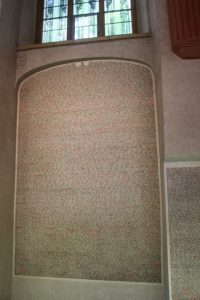
the names of Czeck Jews who didn’t survive the war are all along the walls of one of the Josefov the synagogues
We wandered through the old Jewish quarter, Josefov, with remarkably fine houses for something that I had expected to be a ghetto- or maybe I have the wrong perception of what is, or was, a ghetto (I will have the same disconnect between my perception and the reality when we visit Terezin, better known as Theresienstad, later on). The real thing quickly sinks in once again, in one of the synagogues, the Pinkasova Synagogue, where the walls are filled with the names of all the Jewish families that have been murdered during the 2nd World War. Another synagogue has an exhibition of children’s drawings from the camp Theresienstadt, where the grown-ups tried to create a situation as normal as possible for the kids. So they organised drawing classes, amongst others, which have left a poignant and chilling legacy of the experiences of eleven-, twelve-year olds. Outside is the Old Jewish Cemetery, used from 15th to 18 Century, a powerful memory to the overcrowded Jewish ghetto, which far preceded the Nazi days, of course. The cemetery is equally overcrowded.
The centre of the Nove Mesto is Vaclav Square, apparently very impressive, except that half of the square was under refurbishment. Still, the remaining part, looking all the way to the National Museum, has quite a few impressive buildings surrounding it, hotels, apartment buildings, offices, all intricately decorated.
There are more pictures of the Nove Mesto, mostly architecture.
And for the rest, we just wandered the city, admiring the architecture, in every part of town, along the main avenues, along the water front, but also in side streets, or on small, hidden squares. Most constructions seem to originate from the 19th Century, and the beginning of the 20th; Art Deco, Art Nouveau, all of it extravagant, with stuccoed walls and balconies, sometimes colourful mosaics over a door, or on the gables, sculptures around the entrance doors, angels on the balustrades, the wooden frames of the old shop windows. The architectural translation of Cubism, a Czech-specific phenomenon present in certain parts of the city. Every moment you see something else, something funny, or strange, or simply beautiful – they don’t make that anymore these days. Much of it has been well-maintained, too, there are very few buildings that are crumbling. And where an old building hasn’t been saved, the modern architecture – of which there is not that much – turns out to have its attractive elements, too. On various corners, and in unexpected places, you’ll find art, modern art, like a sculpture or an installation. The city is squeakily clean, whatever building is being carried out is hidden behind scaffolding and screens. There is not a lot of traffic for a big city standards, the many trams seem to absorb much of the transport. And – just for this brief post-corona time – there aren’t that many tourists!!
There is an entry on Czech Cubism in Prague, and on the level of Corona awareness here, otherwise jump to Pisek and Prachatice.
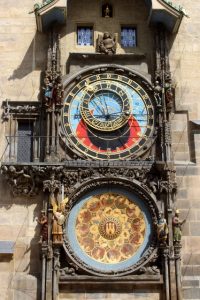

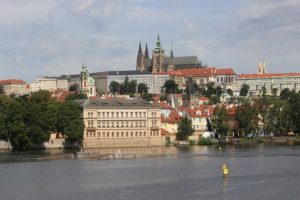
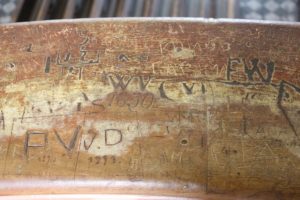
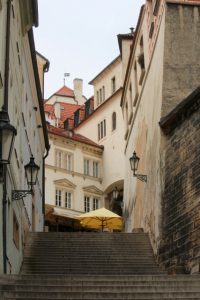
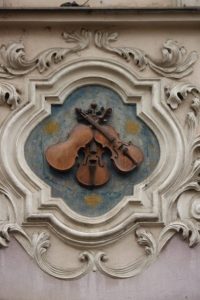
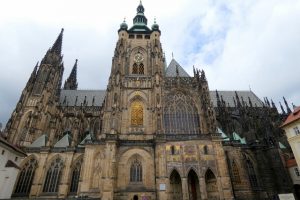
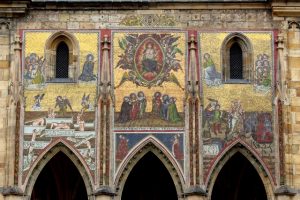

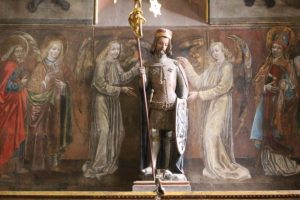


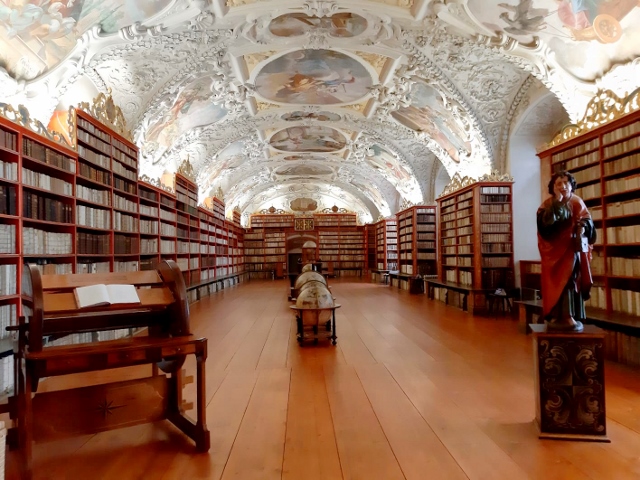

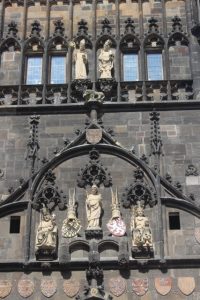
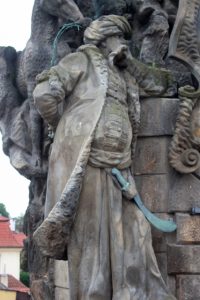

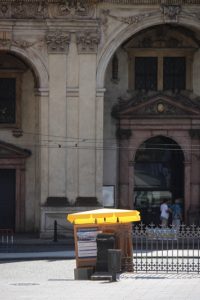

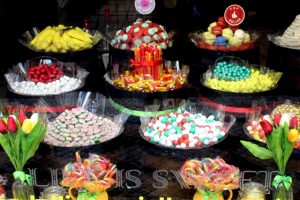
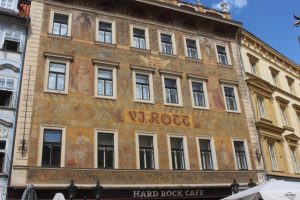


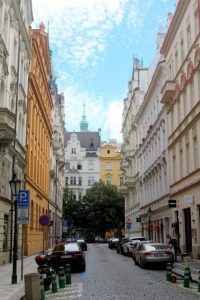
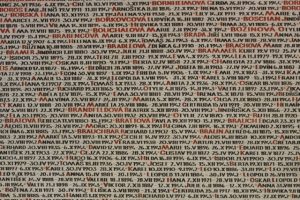
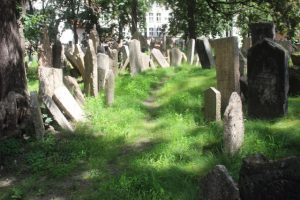
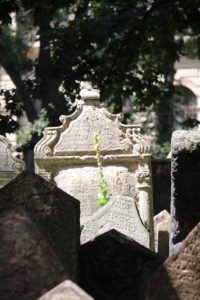
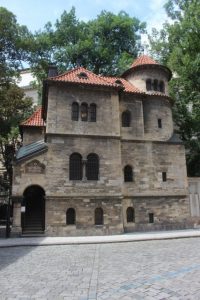
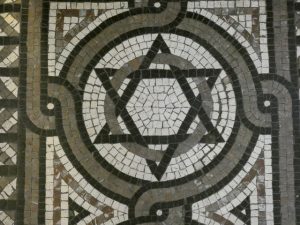
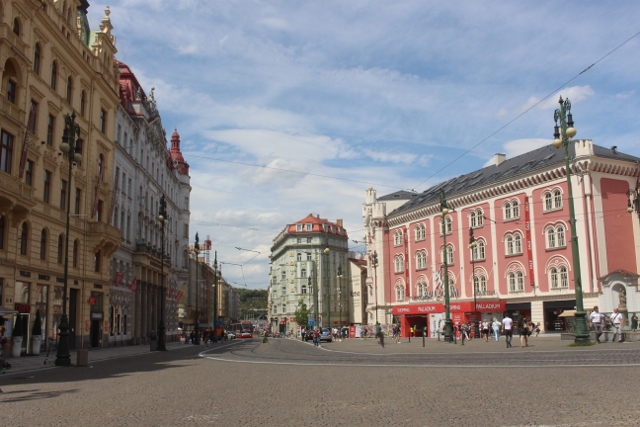
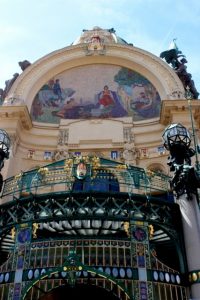

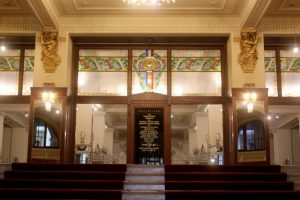


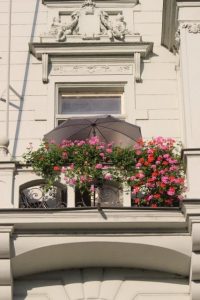
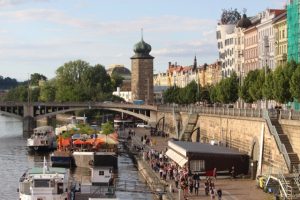
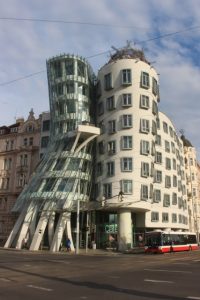


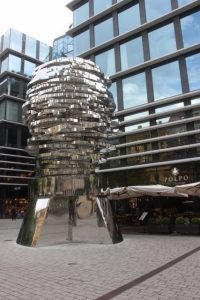
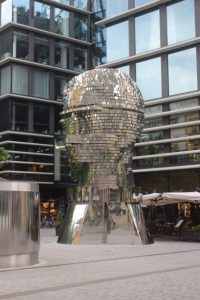
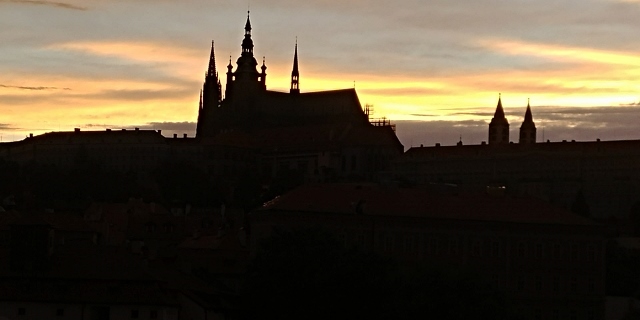










Beautiful architectuur !!
Both of you must had a wonderful time!